Did you know that over 65% of dogs show signs of boredom-based behavior problems ? If you think a daily walk is enough to keep your furry friend happy, think again. Bored dogs aren’t just restless—they can become anxious, destructive, and even depressed. But there’s great news: you have the power to unlock mental stimulation for dogs and transform their daily routine. In this guide, we’ll reveal 21 proven, fun, and easy mental enrichment strategies that will give your dog’s brain a workout, boost happiness, and create a bond that lasts a lifetime.
Dog Mental Stimulation: Why It’s Critical for Wellbeing
Mental stimulation for dogs is more than just a fun distraction—it’s a critical pillar of your dog’s long-term wellbeing. Just like humans, dogs crave challenges, variety, and meaningful activities that keep their brains active. When a dog is mentally stimulated, they tend to be happier, healthier, and show fewer signs of stress or anxiety . Without enough daily enrichment, dogs are at higher risk of developing destructive behaviors such as excess chewing, digging, or frustrating barking. In fact, studies highlight that boredom-driven behaviors account for a large portion of canine behavior issues seen by veterinarians and trainers.
Investing in intellectual engagement for your dog isn't just about avoiding the negatives. It helps your furry friend build confidence, supports cognitive health as they age, and enhances the effectiveness of training. When you mentally stimulate your dog , you're actively providing them with a life full of purpose and joy.

- Startling Fact: Over 65% of dogs show signs of boredom-based behavior issues. Learn why mental stimulation for dogs is as important as daily walks for their happiness and health.
"A mentally stimulated dog is a happier, healthier, and more adaptable companion." – Certified Animal Behaviorist
How Mental Stimulation for Dogs Impacts Behavior & Health
Mental stimulation isn't optional—it's essential for every dog's behavioral and physical health. Dogs who regularly enjoy games and challenges are less likely to display destructive behavior such as chewing shoes or uprooting houseplants. In older dogs, enrichment activities help prevent cognitive decline and keep their minds sharp and engaged well into their golden years.
When you provide your dog with a healthy mix of puzzle toys, brain games, and learning exercises , you also lay the groundwork for better training results and increased confidence. A mentally challenge dog tends to become more curious about novel situations and adapts more smoothly to changes at home.
- Reduces destructive behaviors like chewing and digging
- Prevents cognitive decline in older dogs
- Boosts confidence and training success
Physical Exercise vs. Mental Stimulation for Dogs: What’s the Difference?
It’s easy to think that a long game of fetch or a brisk walk is enough to tire out your pup. While physical exercise is essential for muscle development and burning energy, it hardly taps into the ‘thinking’ part of your dog’s daily needs. By contrast, mental stimulation for dogs leverages their problem-solving abilities, curiosity, and natural instincts—providing true enrichment and fulfillment that exercises alone can’t achieve.
For optimal wellbeing, dogs need both physical activity and mental exercise. Regular workouts, like agility or running, help maintain a healthy body, while brain games, puzzle toys, and training games challenge your dog mentally and help prevent boredom. Balancing both is the secret sauce for a truly content, well-behaved companion.
| Physical Exercise | Mental Stimulation |
|---|---|
| Walks, runs, and play | Puzzle toy, slow feeder, training games |
| Burns energy through movement | Engages mind and relieves boredom |
| Builds muscle and stamina | Improves problem-solving and focus |
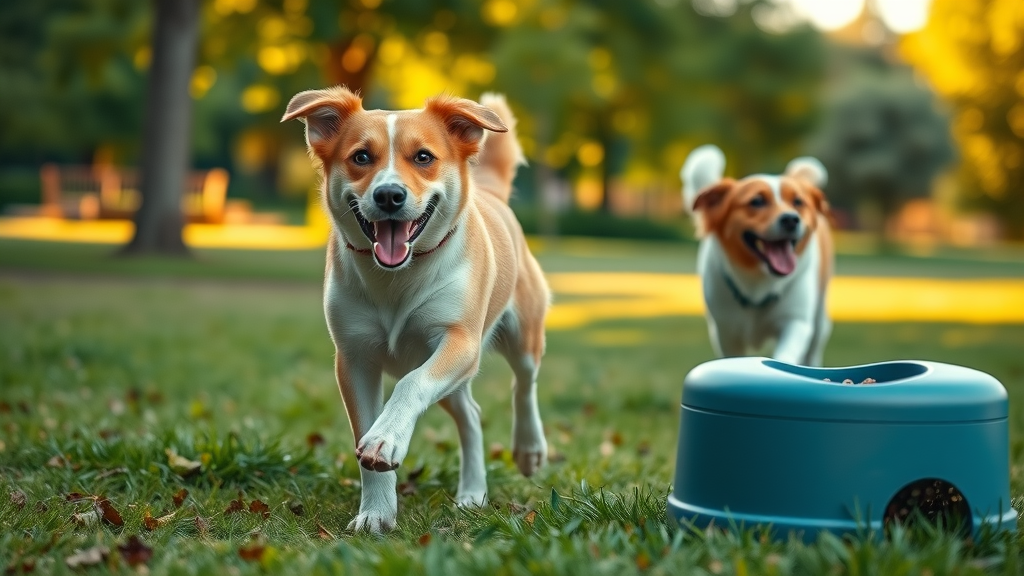
How Often Should You Engage Your Dog Mentally?
The frequency of mental stimulation for dogs depends on their age, temperament, and breed. Puppies, bursting with curiosity, require more frequent but shorter enrichment sessions and games to match their fleeting attention spans. Adult dogs typically benefit from several dedicated mental activities a day, while seniors can enjoy gentle, slower-paced enrichment that respects their changing needs.
Think of mental workouts the same way you plan mealtimes: regular, consistent, and variable in their challenge. Observe your dog’s engagement—if they seem restless or resort to bad habits, it’s time to up the ante with fresh activities.
- Puppies: 3-5 short sessions daily
- Adults: 2-3 daily activities
Boosting Mental Stimulation for Dogs: Essential Activities
Unlocking mental stimulation for dogs doesn’t have to require expensive gear or hours of free time. A mix of classic and modern games, innovative puzzle toys , DIY enrichment, and interactive challenges will keep your dog mentally sharp and happy. From chew toys and slow feeders to socialization and advanced brain games, every activity brings your dog one step closer to true contentment. Explore these top methods and discover new ways to engage your dog’s sense of smell, intellect, and love of learning .
- Explore a mix of classic and advanced ways to keep your dog mentally stimulated, including puzzle toys, training, and enrichment games.
1. Puzzle Toys to Mentally Stimulate Your Dog
Puzzle toys are one of the fastest and most effective ways to provide mental stimulation for dogs. These dog toys are designed to challenge your pet's instincts to forage, problem-solve, and discover tasty treats hidden within. Whether you invest in a high-quality dispensing toy or create your own DIY puzzles, the challenge helps keep your dog mentally on their toes and less likely to engage in destructive behavior out of boredom.
Not sure where to start? Classic treat-dispensing brands like Kong and Nina Ottosson offer options for every dog's size, skill level, and chewing strength. For budget-friendly enrichment, repurpose boxes, bottles, or muffin tins as simple interactive toys—even a homemade brain game goes a long way in beating boredom.
- Treat-dispensing toy recommendations
- DIY puzzle toys for all budgets
2. Interactive Puzzle Toy Games for Dogs
Take your dog’s brain games to the next level with interactive puzzle toy games . Some of the best brands—like Outward Hound, Kong, and Nina Ottosson—specialize in toys with moving parts, sliders, and secret compartments to challenge your pup’s patience and persistence. Choose designs that encourage your dog to push, slide, or lift pieces using their nose and paws.
For larger breeds or power-chewers, look for durable materials and higher difficulty settings. Smaller dogs or puppies do best starting with simpler puzzles they can master before “leveling up.” Rotating different puzzle toys ensures your dog stays interested and doesn’t memorize any one challenge.
- Top brands: Outward Hound, Kong, Nina Ottosson
- Best puzzle toys for large and small breeds
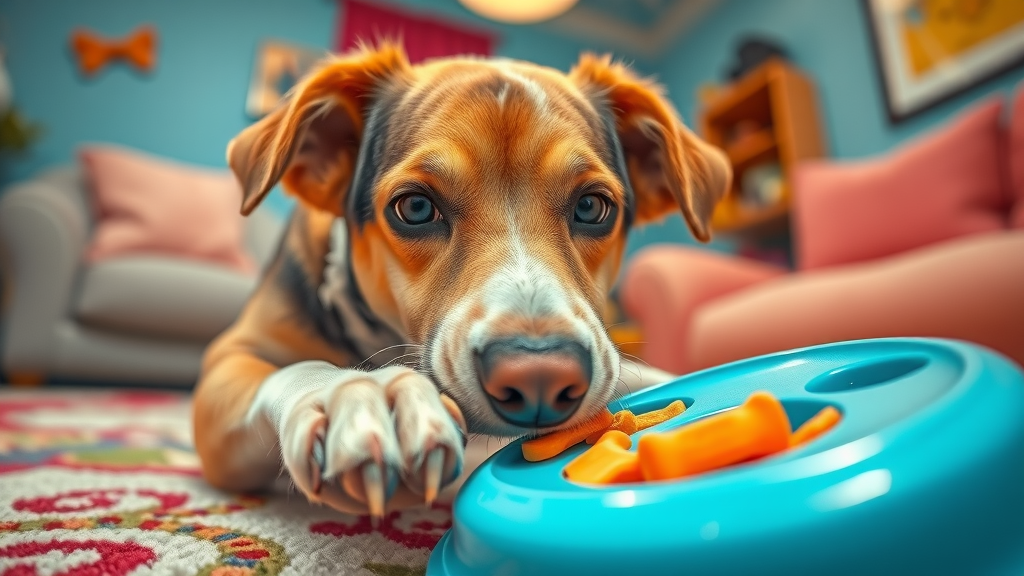
3. Rotating Puzzle Toys & Dispensing Toys to Prevent Boredom
The magic of mental stimulation for dogs lies in novelty and variety. Even the most thrilling puzzle toy or dispensing toy can become boring if it’s left out for days on end. That’s why rotating your dog’s enrichment toys is so crucial—switching them out every few days keeps your dog mentally invested and always curious about what’s next.
The science behind rotation is simple: by keeping toys “fresh,” you challenge your dog’s problem-solving abilities anew each time, preventing them from getting too comfortable or complacent. Dispensing toys, in particular, add excitement by gradually releasing treats—rewarding patience and thinking skills every time your dog cracks the puzzle!
- The science behind rotation for sustained mental stimulation
- Dispensing toys and their unique benefits
4. Hide and Seek with Chew Toy or Puzzle Toy
Transform your living room, backyard, or even a single room into a dog mentally enriching playground with the classic game of hide and seek . Hide your dog’s favorite chew toy or puzzle toy behind furniture, under blankets, or in the garden. This game challenges your pet’s sense of smell while providing both a workout and a rush of satisfaction when they uncover their reward.
The best part? Chew toys and puzzle toys double as enrichment by giving your dog a secondary goal—chewing, manipulating, or extracting treats—once they find their prize. Hide and seek is also a great bonding activity, encouraging your dog to use their brains in partnership with you.
- How to set up a hide and seek game indoors or outdoors
- Why chew toys double as mental enrichment
5. Scatter Feed and Slow Feeder Ideas for Dogs
An easy way to mentally stimulate your dog at mealtime is with scatter feed and slow feeder bowls. These tools turn eating into a brain game—spreading kibble across the lawn or hiding food in creative spots inside the house can keep your dog searching, sniffing, and solving for every meal. This mimics natural foraging and turns a daily necessity into a mental challenge.
Slow feeder bowls are specially designed to make your dog work for their food. With built-in ridges and compartments, they prevent gulping, combat boredom, and make mealtimes last longer. You can even DIY a simple scatter feed using household items and watch your dog’s problem-solving skills shine.
- DIY scatter feeding in your yard or home
- Top-rated slow feeder bowls

6. Teach Your Dog New Tricks and Reinforcement Games
There’s no better brain boost than learning a new skill! Teaching your dog tricks keeps their mind agile, helps banish boredom, and gives them a sweet sense of accomplishment. Start with simple behaviors—like ‘sit,’ ‘paw,’ or ‘down’—and build towards intermediate skills. Use clicker training to provide mental stimulation and clear feedback, rewarding progress with affection, toys, or a tasty treat .
Reinforcement games like the ‘Name Game’ encourage your dog to think creatively and recall cues in new situations. These quick sessions, scattered throughout the day, form the building blocks of a mentally stimulated, well-mannered companion.
- Clicker training basics
- The ‘Name Game’ and how to reinforce learning
7. The 1/2/3 Game: Mentally Stimulating Dog Trick
For a quick and powerful mental workout, try the 1/2/3 game . In this impulse control exercise, your dog learns to wait for you to count “1, 2, 3” before earning a reward. Over time, this builds patience, attention, and sharp listening skills—plus, it’s a blast for your dog and simple for you to lead.
To play, have your dog sit, count aloud, and offer a treat on “3.” Gradually increase the difficulty by introducing distractions or varying your rhythm. This brain game can be played anywhere and is perfect for rewarding calm focus and increasing your dog’s mental stamina.
- Step-by-step guide to the 1/2/3 game
- Benefits for reward-based learning
8. Obedience, Agility, and Scent Work: Dog Mental Enrichment
Structured activities like obedience training, agility courses, and scent work games give your dog mental stimulation while tapping into their natural desires to work, learn, and explore. Scent work, in particular, lets your dog harness their strongest skill—their powerful sense of smell—to search for treats or toys hidden around the house.
Agility exercises don't have to require fancy equipment. Set up a simple ladder at home or outdoors to challenge your dog physically and mentally. These activities foster discipline, enhance the bond between you and your furry friend, and offer essential outlets for curiosity, creativity, and physical energy.
- Beginner scent work games for home
- Agility ladder for indoor or backyard
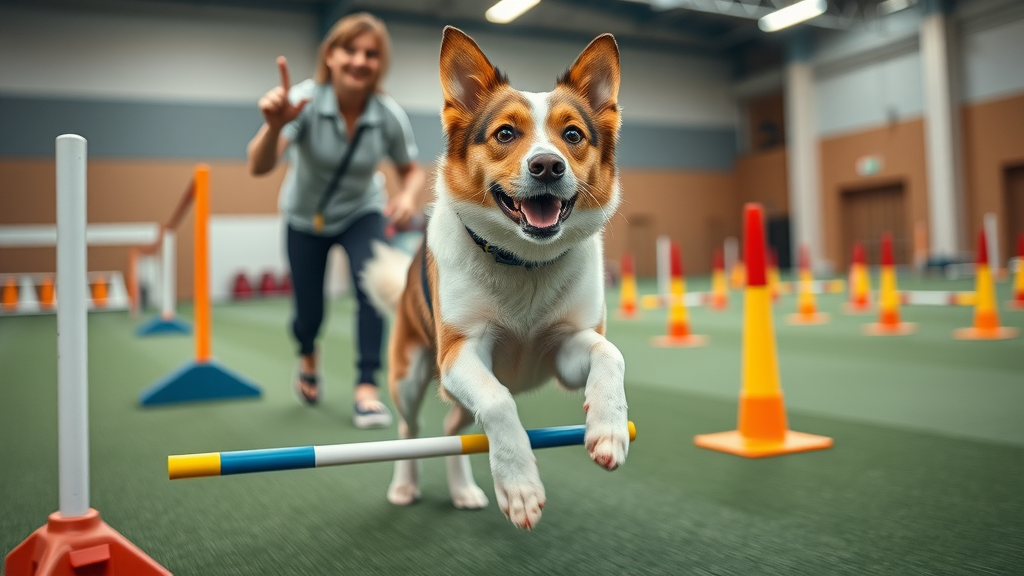
9. Socialization: Group Games That Mentally Stimulate Dogs
Social interaction is a core component of dog mental enrichment . Playdates with compatible dogs—or safe, supervised group training classes—give your pup the chance to learn new social cues, resolve social challenges, and burn mental energy in the process.
Group learning environments are especially valuable for shy or sensitive dogs, providing real-world experience that can boost confidence and engagement. Plus, these games let dogs learn from each other, making every session unique and mentally stimulating.
- Doggy playdates
- Controlled group training
10. Advanced Puzzle Toy Challenges for Smart Dogs
If your dog is a seasoned puzzle solver, it’s time to increase the challenge! Advanced puzzle toys often combine multiple elements—like sliding, flipping, and dispensing—to stretch your dog’s critical thinking muscles. Look for toys with adjustable difficulty or those you can “level up” as your dog grows.
Mix slow feeders, traditional dispensing toys, and elevated puzzles in new sequences to keep your dog guessing. These advanced toys are particularly rewarding for working breeds or brainy pups who seem to never run out of energy.
- Leveling up puzzle toys as your dog improves
- Mixing dispensing toys and slow feeders
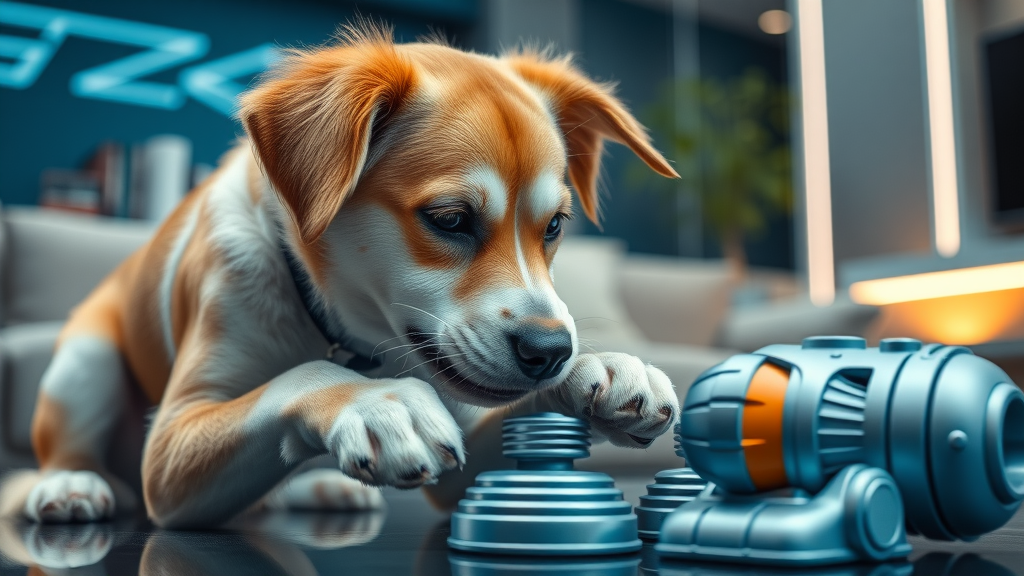
Additional Ways to Keep a Dog Mentally Stimulated Every Day
The most enriching routines are the ones that incorporate mental stimulation into daily life. Simple changes—like switching up walking routes or serving meals in food-dispensing toys—activate your dog’s senses and prevent boredom. Look for opportunities to reinforce cues, teach your dog to “find it,” or combine learning sessions with walks and playtime for a well-rounded routine.
Remember, enrichment isn’t a “one-and-done” activity. It’s the ongoing process of helping your dog discover, solve, play, and adapt. Get creative and let your furry friend’s preferences lead the way!
- Switch up walking routes to engage your dog's senses
- Incorporate learning with daily routines
- Teaching 'find it' and name-recognition games
- Use food-dispensing toy at meals
"When you mentally stimulate your dog, you enrich their life and strengthen the human-animal bond." – Canine Enrichment Specialist
People Also Ask: Dog Mental Stimulation FAQs
What is the best thing for a dog mentally stimulated?
- The best way to keep your dog mentally stimulated is to combine interactive puzzle toys, daily training, and varied enrichment activities. Switching activities keeps your dog mentally engaged and prevents boredom.
What are mental stimulation activities for dogs?
- Activities include training sessions, food puzzle toys, hide and seek, scent work, slow feeders, interactive treat games, and new social experiences.
What are mentally enriching activities for dogs?
- Mentally enriching activities for dogs include puzzle toys, teaching new tricks, agility challenges, nose work games, group play, and giving your dog jobs to do around the house.
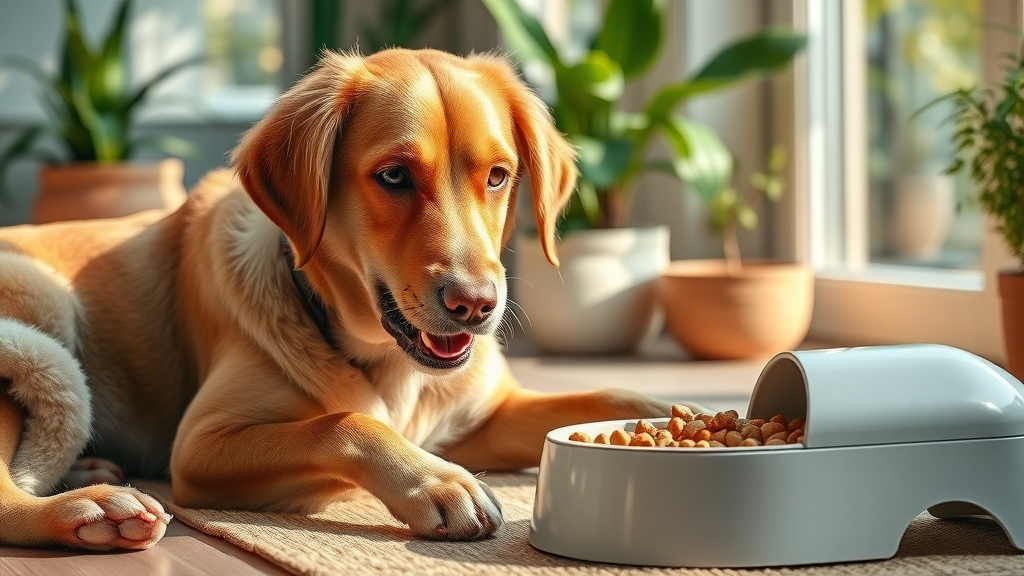
What is the 1/2/3 game for dogs?
- The 1/2/3 game is a fun way to teach your dog impulse control. Your dog waits for the count and earns a reward only after hearing '3.' It builds patience and mental focus.
Expert Tips: How to Keep Your Dog Mentally Stimulated All Year
Keeping your dog's mind sharp is a year-round commitment. Rotate puzzle toys and dispensing toys weekly to keep the novelty factor strong. Set up recurring calendar alarms for training sessions and challenge games so you never forget. Most importantly, observe your pup—each dog has favorite activities, so pay attention to what excites them, and build your mental enrichment plan around those insights.
- Rotate puzzle toys and dispensing toys weekly
- Schedule regular challenge games and training sessions
- Observe your dog's preferences to discover their favorite enrichment
Best Puzzle Toy and Dispensing Toys for Dog Mental Stimulation (Comparison Table)
| Product | Type | Durability | Difficulty Level |
|---|---|---|---|
| Kong Classic | Dispensing Toy | High | Medium |
| Nina Ottosson Brick | Puzzle Toy | Medium | High |
| Outward Hound Slow Feeder | Slow Feeder | High | Easy |
| Snuffle Mat | Scatter Feed | High | Medium |
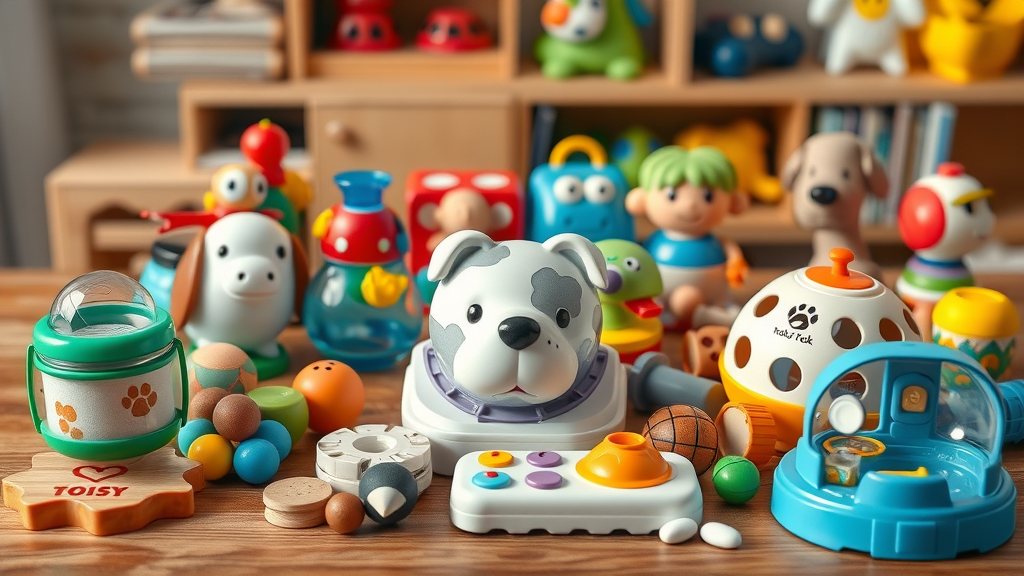
Quick List: 10 Fast Ways to Keep Your Dog Mentally Stimulated
- Use a puzzle toy with your dog's meals
- Teach your dog the 1/2/3 game
- Try a new walking route each week
- Practice hide and seek with treats
- Join a scent work class
- Swap out toys every week
- Work on name-recognition games
- Play group training games
- Use a slow feeder for breakfast
- Give your dog a job to do daily
Frequently Asked Questions About Dog Mental Stimulation
- How much mental stimulation does my dog need daily? Most adult dogs thrive with 2-3 mentally stimulating activities or games per day, while puppies benefit from more frequent, shorter sessions. Watch for signs of restlessness or mischief as a clue to increase enrichment.
- What if my dog gets frustrated with puzzle toys? Start with easier toys or puzzles and gradually increase the challenge. Offer encouragement and occasional hints to help prevent frustration and set your dog up for success.
- Do older dogs benefit as much from mental enrichment? Absolutely. Mental stimulation for dogs is especially important for seniors, helping to slow cognitive decline, support memory, and maintain emotional wellbeing throughout their golden years.
- Can I make puzzle toys at home? Yes! DIY puzzle toys can be made with cardboard boxes, muffin tins, or old towels. The key is to create challenges that require sniffing, pawing, or gentle problem-solving.
"Dogs need to flex their minds as much as their muscles. Regular mental stimulation shapes a happier, less anxious dog." – Veterinarian Dr. Alice Rodriguez
Practical Video Guide: Mental Stimulation for Dogs in Action
Watch step-by-step demonstrations of top games, how to introduce a puzzle toy, and simple enrichment hacks for busy dog owners. (Video #1)
Puzzle Toy and Enrichment Video Reviews
See real dogs try out the latest puzzle toys, dispensing toys, and slow feeders—plus expert commentary. (Video #2)
How to Select the Right Puzzle Toy for Your Dog’s Mental Stimulation
- Assess your dog's chewing strength
- Consider treat size and difficulty
- Look for puzzle toys that match your dog's age and breed
- Read user and expert reviews for longevity and fun
Keep your pup happy, healthy, and engaged—discover fun, easy activities for dogs that boost bonding, burn energy, and beat boredom every day!
Start today: Pick a new puzzle toy, rotate games, and ramp up the mental stimulation for your dog. Your dog’s brain—and your bond—will thank you!
To further enhance your dog’s mental stimulation and combat boredom, consider exploring the following resources:
-
9 Cost-Effective Ways To Keep Your Dog Mentally Stimulated : This article offers practical and affordable methods to engage your dog’s mind, such as playing hide-and-seek, introducing scent walks, and utilizing puzzle toys. ( petmd.com )
-
Best Dog Puzzle Toys in 2025 for Clever Canines – Tried and Tested! : This guide reviews top-rated puzzle toys designed to challenge and entertain your dog, including options like the Dog Brick and Outward Hound’s challenging puzzles. ( petsradar.com )
Incorporating these strategies and tools into your dog’s routine can significantly enhance their mental well-being and strengthen your bond.
 Add Row
Add Row  Add
Add 




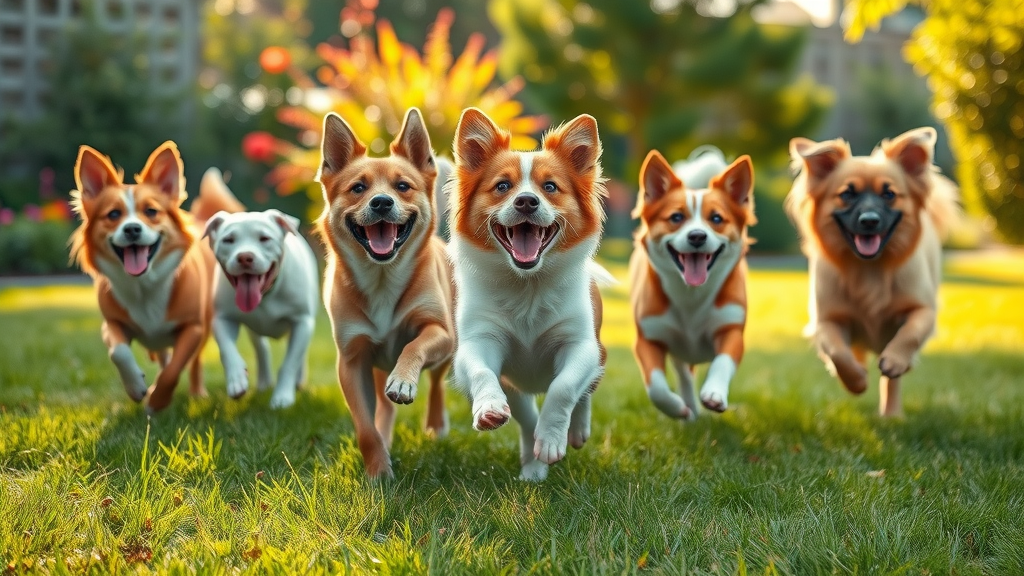
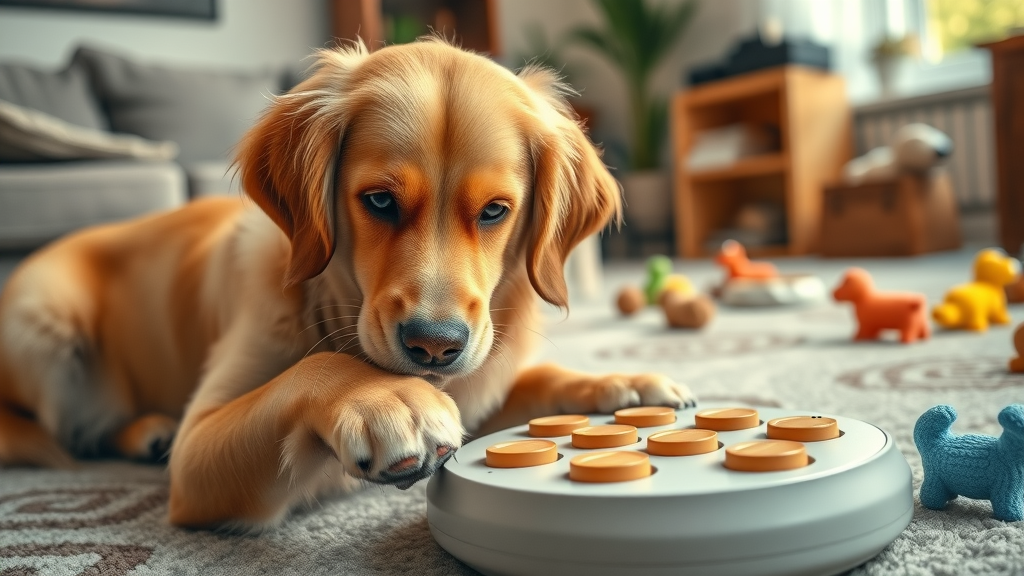
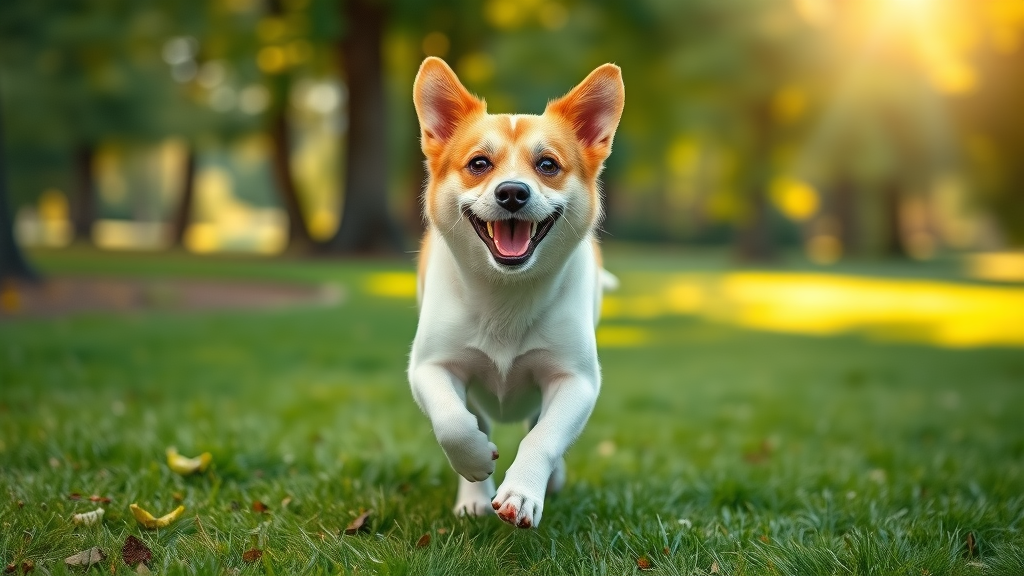

Write A Comment